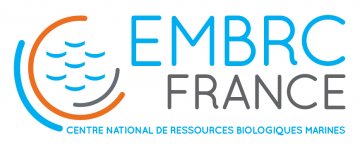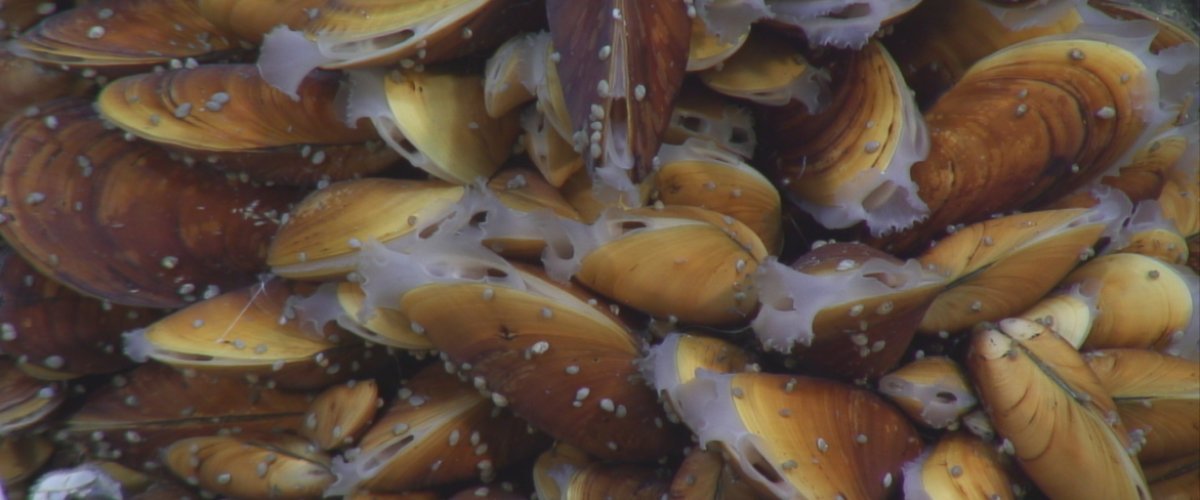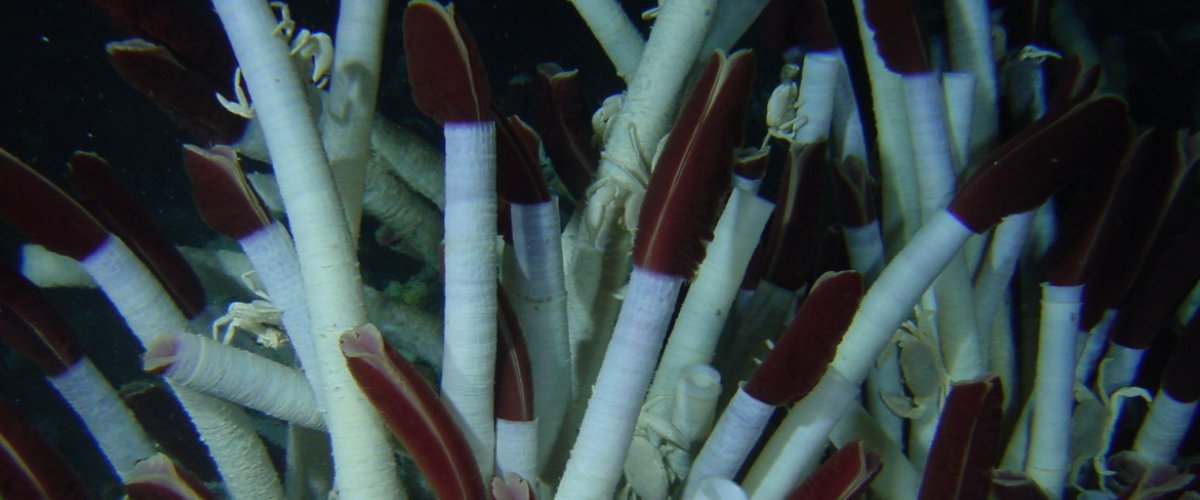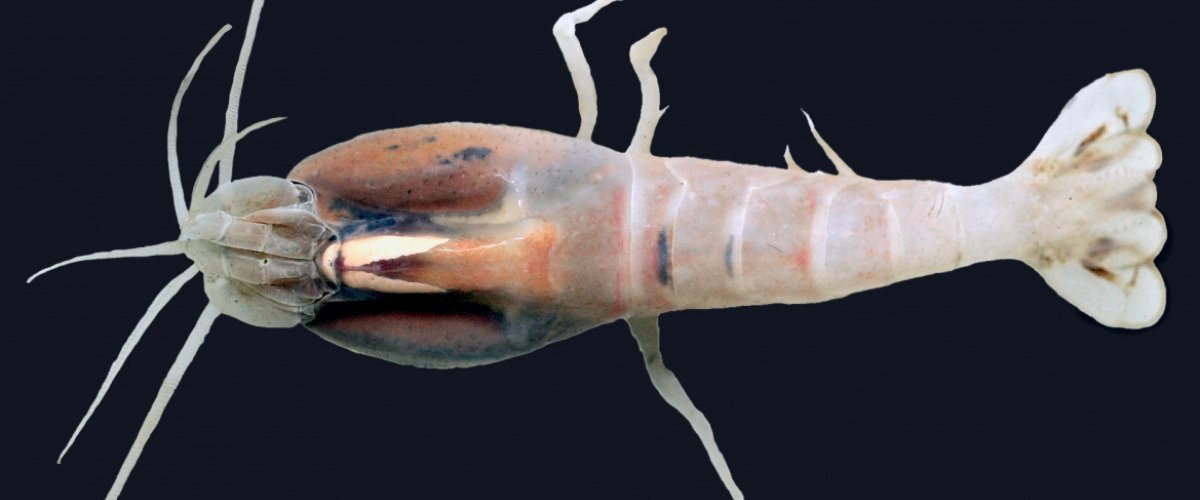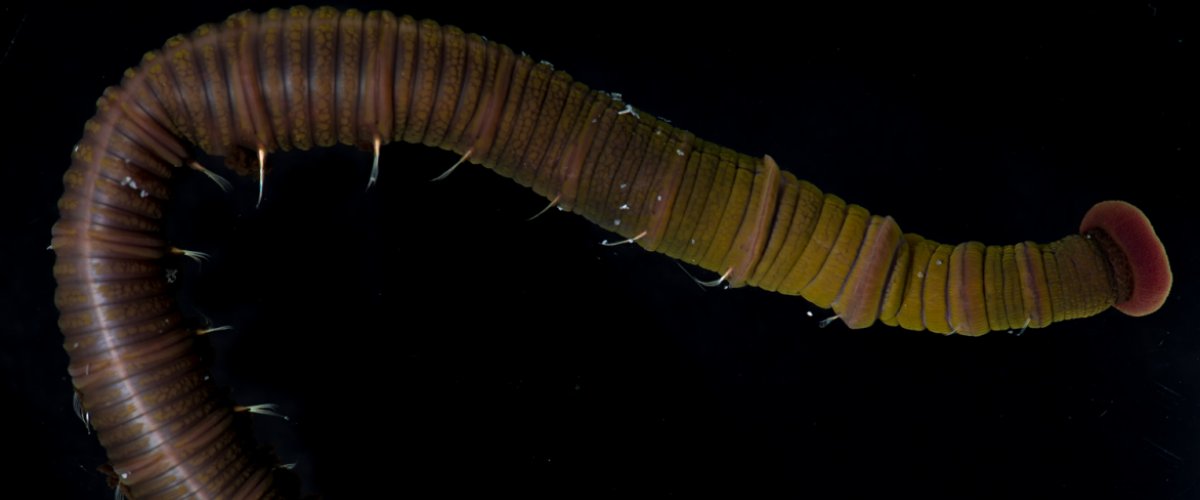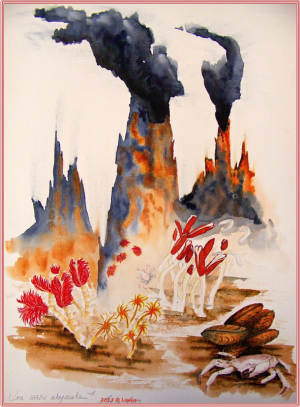François Lallier
Professor, Sorbonne University

Professor at Sorbonne University
Comparative ecophysiology of marine invertebrates, deepsea chemotrophic symbiosis
François Lallier obtained his Ph.D at the University of Bordeaux in 1988, on the comparative physiology of crustacean respiration (Carcinus, Penaeus). He then studied the adaptations of marine invertebrates to deepsea hydrothermal vents, extreme environments where annelids (Riftia, Alvinella), crustaceans (Rimicaris) and molluscs (Bathymodiolus, Calyptogena) have developed symbiosis with chemotrophic bacteria to be able to prosper. Starting from targeted studies on the adaptation of these animals to their oxygen-deficient and sulfide-rich environments, he is now developing more global approaches, analysing variations in gene expression in relation to the symbiotic lifestyle in these extreme environments. He has recently developped parallel studies on coastal bivalves like Lucinids (Loripes, Lucinoma) and oysters (Ostrea).
He is Professor at Sorbonne University (Paris 6), assigned to the Biological Station of Roscoff in Brittany, in the 'Adaptation and Diversity in the Marine Environment' laboratory, a joint CNRS research unit that he has directed from 2001 to 2018. He has also led a national research network, ECCHIS, bringing together French scientists working on the Biology of Deep Chemosynthetic Ecosystems, and has been the leader of several oceanographic cruises with deepsea submersibles. He is now coordinating the french Marine Universities network, co-directing the Ocean Institute at the Sorbonne University Alliance, and is a member of the Scientific Council of Ifremer, of the french Oceanographic Fleet board of directors, and an Ambassador for the France 2030 initiative for deepsea exploration. He has published nearly 100 articles.
He teaches in animal biology, especially comparative physiology and marine biology, for undergraduate and Master degree students, both in Paris and Roscoff. He is responsible for the "Ecophysiology and Ecotoxicology" specialty of the Master Degree in Biodiversity, Ecology and Evolution.
Publications
Dittami S.M., ..., Lallier F.H., ...., Leblanc C. & Not F. 2021. A community perspective on the concept of marine holobionts: current status, challenges, and future directions. PeerJ, 9: 34. 10.7717/peerj.10911
Piquet B., Lallier F.H., André C., Shillito B., Andersen A.C. & Duperron S. 2020. Regionalized cell proliferation in the symbiont-bearing gill of the hydrothermal vent mussel Bathymodiolus azoricus. Symbiosis, 82: 225-233. 10.1007/s13199-020-00720-w
Piquet B., Shillito B., Lallier F.H., Duperron S. & Andersen A.C. 2019. High rates of apoptosis visualized in the symbiont-bearing gills of deep-sea Bathymodiolusmussels. PLoS ONE, 14: e0211499. 10.1371/journal.pone.0211499
Détrée C., Haddad I., Demey-Thomas E., Vinh J., Lallier F.H., Tanguy A. & Mary J. 2019. Global host molecular perturbations upon in situloss of bacterial endosymbionts in the deep-sea mussel Bathymodiolus azoricusassessed using proteomics and transcriptomics. BMC Genomics, 20: 109. 10.1186/s12864-019-5456-0
Détrée C., Lallier F.H., Tanguy A. & Mary J. 2017. Identification and gene expression of multiple peptidoglycan recognition proteins (PGRPs) in the deep-sea mussel Bathymodiolus azoricus, involvement in symbiosis?". Comp Biochem Physiol B, 207: 1-8. 10.1016/j.cbpb.2017.02.002
Decker C., Zorn N., Le Bruchec J., Caprais J.C., Potier N., Leize-Wagner E., Lallier F.H., Olu K. & Andersen A.C. 2017. Can the hemoglobin characteristics of vesicomyid clam species influence their distribution in deep-sea sulfide-rich sediments? A case study in the Angola Basin. Deep Sea Res. II, 142: 219-232. 10.1016/j.dsr2.2016.11.009
Détrée C., Chabenat A., Lallier F.H., Satoh N., Shoguchi E., Tanguy A. & Mary J. 2016. Multiple i-type lysozymes in the hydrothermal vent mussel Bathymodiolus azoricusand their role in symbiotic plasticity. PLoS One, 11: e0148988. 10.1371/journal.pone.0148988
Szafranski K.M., Piquet B., Shillito B.,Lallier F.H. & Duperron S.2015. Relative abundances of methane- and sulfur-oxidizing symbionts in gills of the deep-sea hydrothermal vent mussel Bathymodiolus azoricusunder pressure. Deep - Sea Research Part I - Oceanographic Research Papers, 101: 7-13. 10.1016/j.dsr.2015.03.003
